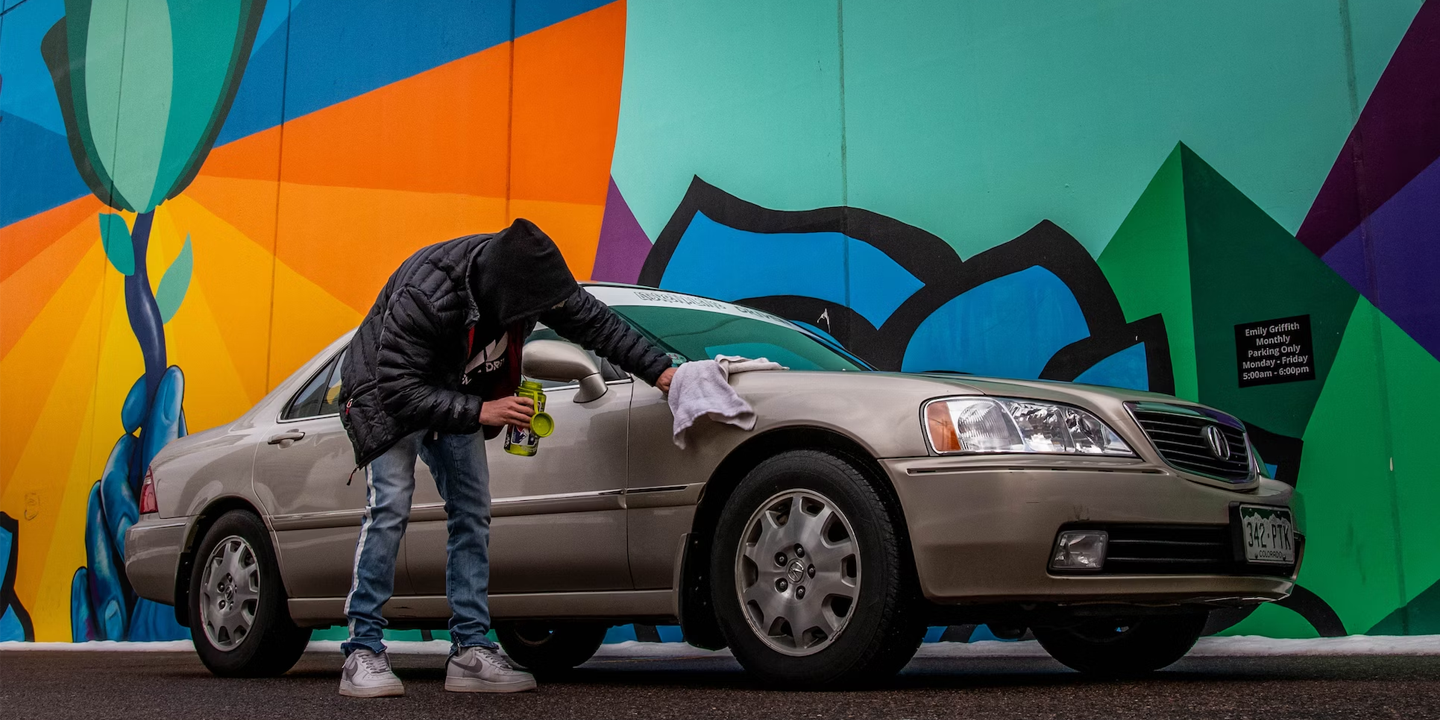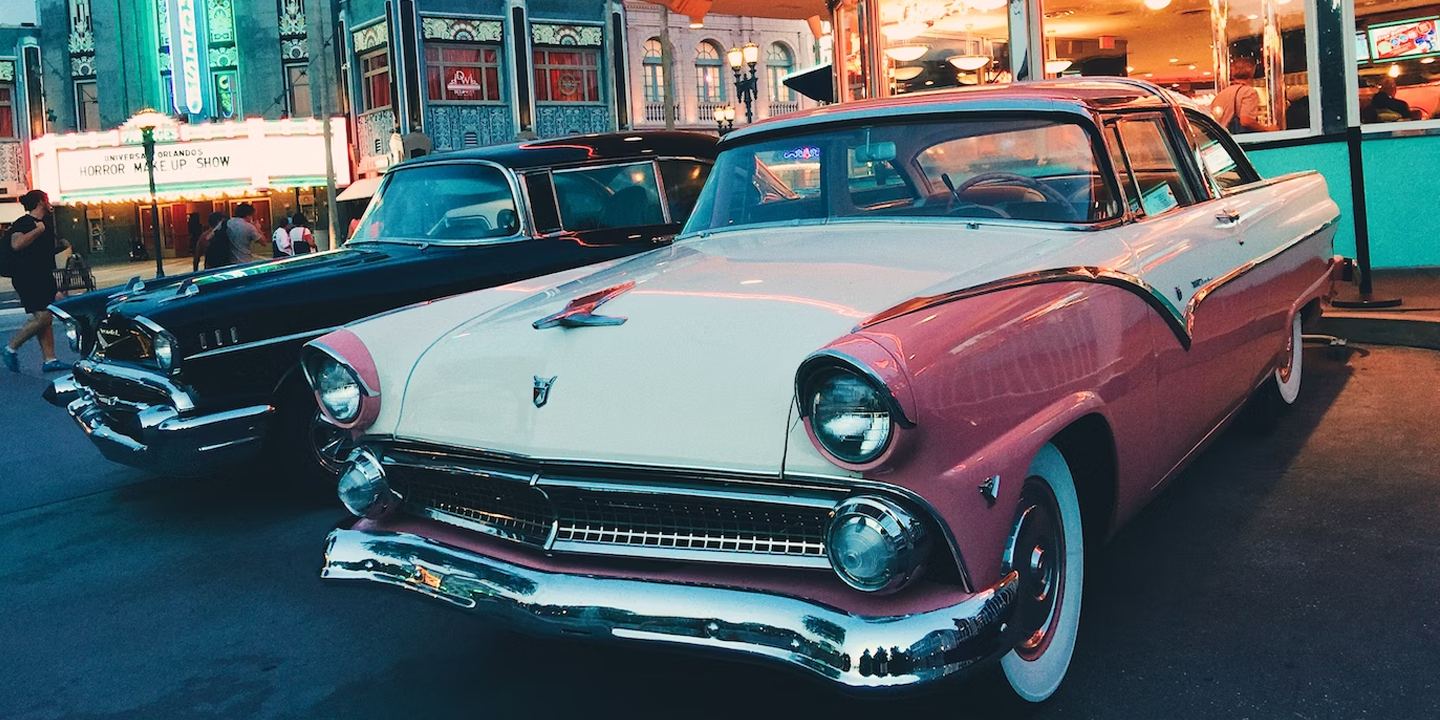Hits, Misses, And Lessons
Honda’s been in the game long enough to have its fair share of both legends and major letdowns. The best models built trust through clever engineering, reliability, and a dash of style that never tried too hard. Yet, not every gamble paid off. Some experiments missed the mark completely. This list celebrates Honda’s finest rides—and calls out the moments that reminded everyone even the greats can stumble.
1. Honda Accord
With thirty-nine Car and Driver 10Best awards and over 12.5 million units sold in North America since 1982, the Accord’s dominance is undeniable. What began as a modest three-door hatchback evolved into a benchmark for Japanese-built quality—and America’s first major Japanese-brand export success.
2. Honda Civic
In America’s compact car race, the Civic outpaced rivals like the Corolla and Elantra while complementing its sibling, the Accord. Its mix of sporty looks, reliability, and youthful appeal helped define Honda’s identity in the U.S. and anchor its decades-long success story.
3. Honda CR-V
Before the CR-V, Honda barely registered in the SUV scene. Then came the compact crossover that redefined the segment, blending reliability and efficiency. Its massive success cemented Honda’s reputation as a serious player in the American SUV market.
4. Honda Odyssey
Families looking for practicality found it in the Odyssey. Clever storage and unmatched dependability turned this minivan into a go-to choice for parents. Its consistent evolution helped Honda dominate the family vehicle market without sacrificing comfort or innovation.
5. Honda Pilot
Built for modern families, the midsize Pilot delivers comfort, space, and dependability. Its three-row layout and adaptable cabin make road trips easier, reinforcing Honda’s reputation for designing vehicles that balance practicality and reliability across generations.
6. Honda S2000
The S2000 was pure driving joy. Its high-revving 9,000 RPM engine and razor-sharp handling made it a standout among sports cars. This roadster showcased Honda’s engineering prowess and remains one of the brand’s most beloved performance icons.
7. Honda Prelude
When Honda wanted to prove it could make thrilling cars, it built the Prelude. Combining sleek styling with innovations like four-wheel steering, it reshaped the brand’s sporty image and delivered genuine excitement to drivers through its many generations.
 Tokumeigakarinoaoshima on Wikimedia
Tokumeigakarinoaoshima on Wikimedia
8. Honda Fit
Small but mighty, the Fit maximized space like no other. Its “Magic Seat” system turned a compact hatchback into a masterclass in efficiency, proving that clever design can make even a subcompact feel surprisingly roomy and practical.
9. Honda Ridgeline
The Ridgeline looked like a regular pickup but broke every rule. Its smooth unibody frame, dual-action tailgate, and hidden in-bed trunk made it uniquely Honda—a creative and functional truck that redefined expectations for utility vehicles.
10. Honda Element
Built for adventurous lifestyles, the Element’s boxy shape, wipe-clean floors, and rear-hinged doors made loading gear easy. It became a favorite for pet owners and weekend explorers, showing Honda’s talent for creating purpose-driven designs that think outside the box.
Now that we’ve cruised through Honda’s greatest hits, it’s only fair to tap the brakes. Even the best automakers have their “what were they thinking?” moments—and Honda’s had a few of those, too.
1. Honda Insight
Achieving an astounding 70 mpg on the highway, the Honda Insight set fuel efficiency records through clever engineering, including an aluminum body that kept weight under 2,000 pounds. This groundbreaking design helped Honda introduce America's first mass-produced hybrid in 1999, though sales ended by 2006.
2. Honda Clarity
The Clarity lineup—spanning plug-in hybrid, electric, and fuel-cell versions—proved Honda’s commitment to greener technology. Its futuristic approach positioned the brand among early hydrogen pioneers, but unfortunately, the market wasn’t quite ready to follow.
3. Honda Passport (1993)
Honda’s first U.S. SUV was actually an Isuzu Rodeo in disguise. The borrowed design led to reliability problems, teaching Honda a key lesson that later inspired better-engineered SUVs like the Pilot and modern Passport.
4. Honda Crosstour
The Crosstour aimed to replace the Accord wagon with a taller crossover look, but sales never took off. Mechanical issues and an unclear identity left it stranded between a sedan and an SUV—years ahead of a market that wasn’t ready for it.
5. Honda CR-Z
Promising hybrid efficiency with sporty handling, the CR-Z tried to blend performance and sustainability. Yet its sluggish power and average fuel economy disappointed drivers, and this led to its quiet exit by 2016 despite its daring concept.
 Mark Ordonez from Schaumburg, IL, USA on Wikimedia
Mark Ordonez from Schaumburg, IL, USA on Wikimedia
6. Honda FCX Clarity
Honda made history with the hydrogen-powered FCX Clarity, but few Americans had access to refueling stations. Only 48 were leased before the project ended, demonstrating that bold technology is of little value without the necessary infrastructure to support it.
7. Honda Element (2011)
Despite its cult following, the Element’s run ended as buyers shifted toward more traditional crossovers. Its practicality and charm couldn’t offset slowing sales. This closed the chapter on one of Honda’s most creative designs.
 2011 Honda BAT Element EX by Denwerks Vintage Car Shop
2011 Honda BAT Element EX by Denwerks Vintage Car Shop
8. Honda Ridgeline (First Gen Pause)
Though it won North American Truck of the Year in 2006, the first Ridgeline’s unconventional design puzzled pickup purists. Sales dipped, and this prompted a production pause until a refreshed, more truck-like version returned with better reception.
 order_242 from Chile on Wikimedia
order_242 from Chile on Wikimedia
9. Honda Civic (2012 Model)
Even icons slip up. The 2012 Civic suffered backlash for its cheap interior and dull styling. Honda quickly course-corrected, restoring the model’s reputation and proving that even tiny missteps can lead to major comebacks.
10. Honda Accord Wagon
When the Accord Wagon left the U.S. in 1997, it continued modestly overseas. Its absence created a void that Honda later filled with the Crosstour—a reminder that timing matters as much as engineering in automotive success.
























